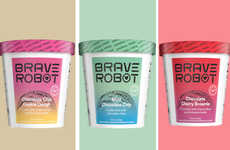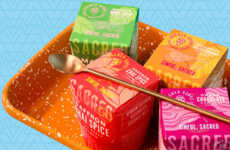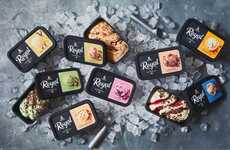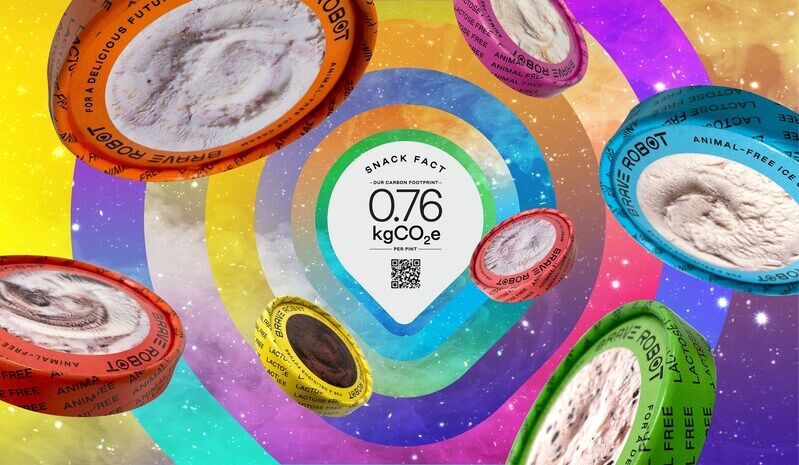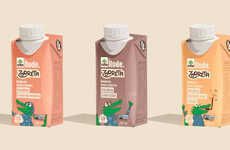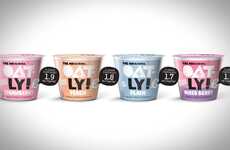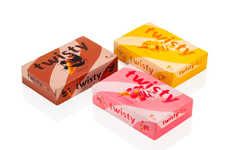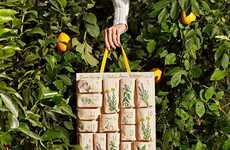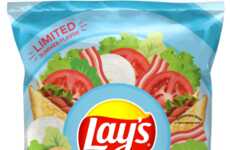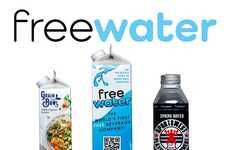Brave Robot Ice Cream Packaging Has Carbon Footprint Info
Laura McQuarrie — May 19, 2021 — Eco
References: BraveRobot.Co & prnewswire
Brave Robot Ice Cream packaging sets itself apart in the frozen dessert category by disclosing its carbon footprint on the lid. With this choice, the company aims to set a precedent across the category and meet consumers' demand for sustainable treats that taste great.
Thanks to an independent Life Cycle Assessment, the company has determined that "the absolute carbon footprint for its ice cream pint is 0.76 kgCO2e, or the equivalent of driving 1.9 miles in a passenger car." As compared to traditional dairy ice cream, Brave Robot Ice Cream boasts a carbon footprint that's about 34% lower thanks to its use of animal-free whey protein from Perfect Day.
The packaging itself takes the form of FSC certified paper container a liner derived from sugarcane.
Thanks to an independent Life Cycle Assessment, the company has determined that "the absolute carbon footprint for its ice cream pint is 0.76 kgCO2e, or the equivalent of driving 1.9 miles in a passenger car." As compared to traditional dairy ice cream, Brave Robot Ice Cream boasts a carbon footprint that's about 34% lower thanks to its use of animal-free whey protein from Perfect Day.
The packaging itself takes the form of FSC certified paper container a liner derived from sugarcane.
Trend Themes
1. Sustainable Dessert Packaging - Disclosing carbon footprint on packaging sets a precedent for sustainable packaging that meets consumer demand.
2. Carbon Footprint Information Disclosure - As companies measure carbon footprints, disclosure options provide a disruptive innovation opportunity for transparency and customer engagement.
3. Plant-based Dessert Alternatives - Using animal-free whey protein creates opportunities for developing alternative, more sustainable dessert options.
Industry Implications
1. Food Packaging - Sustainable packaging options for food and beverage industry are becoming increasingly important as consumers demand more transparency.
2. Dairy Industry - The use of animal-free whey protein to create ice cream raises important questions for the dairy industry to adapt to changing consumer demands.
3. Sustainable Food Industry - The focus on creating alternative protein sources creates a disruptive innovation opportunity within the sustainable food industry.
6.1
Score
Popularity
Activity
Freshness
